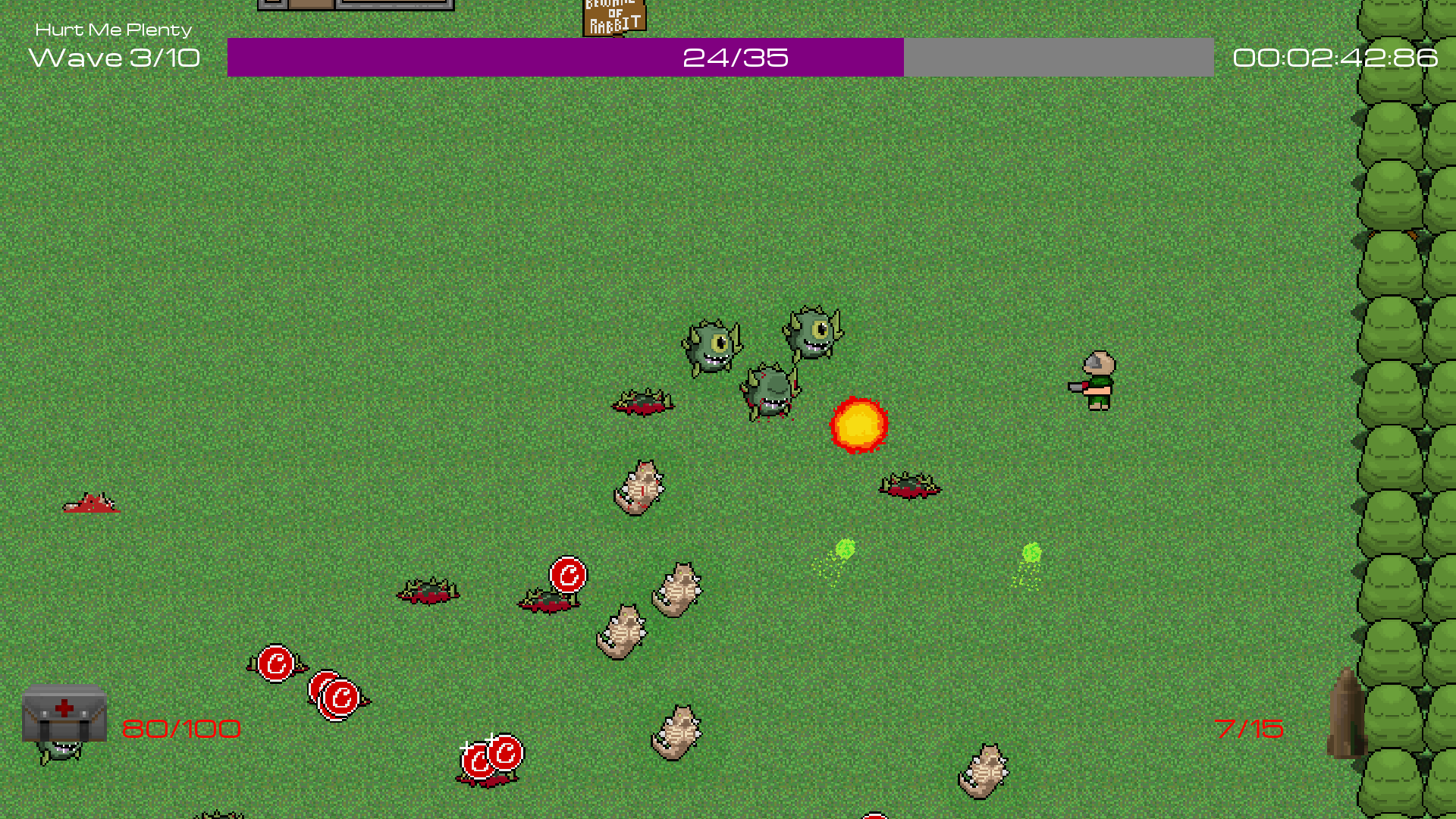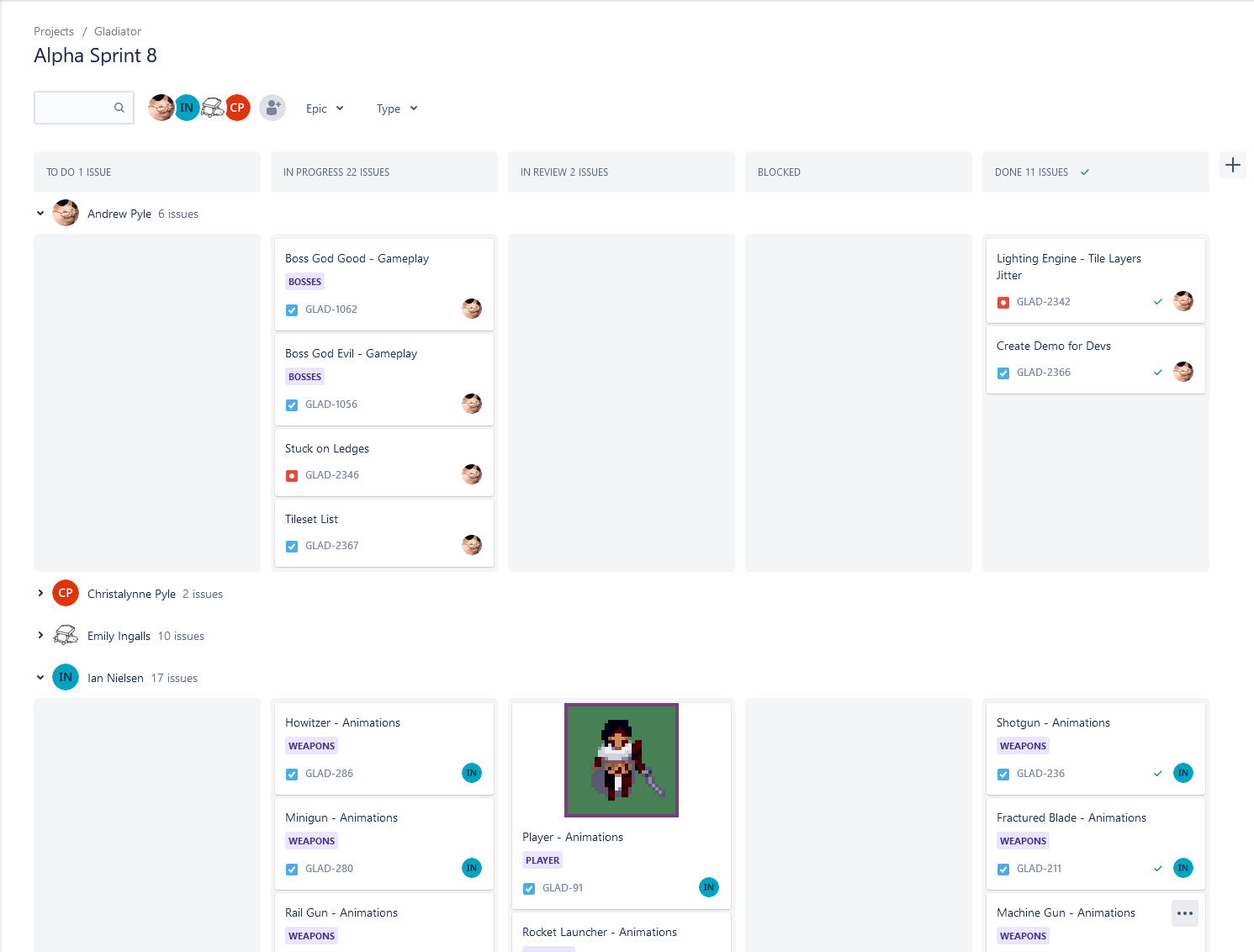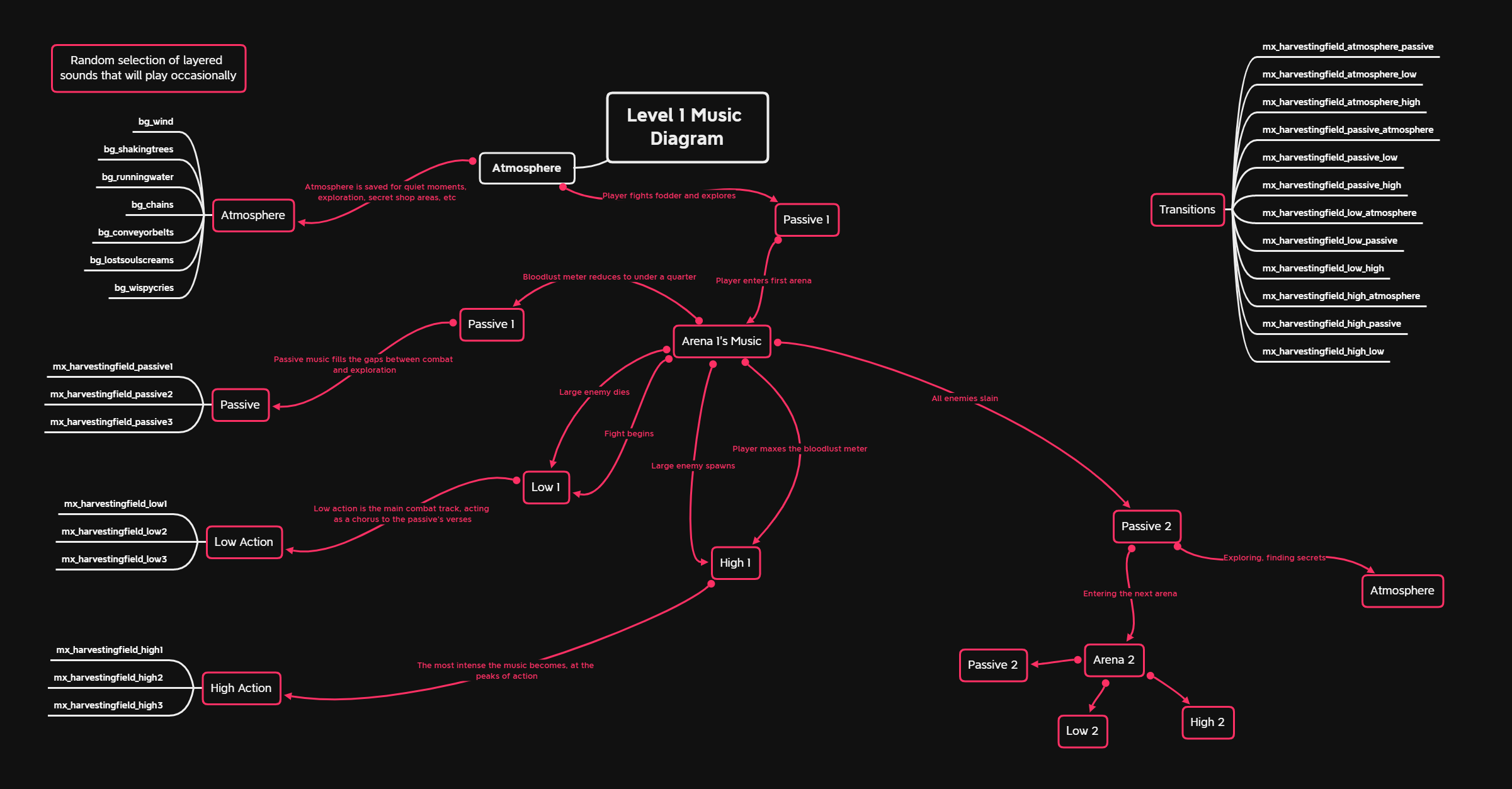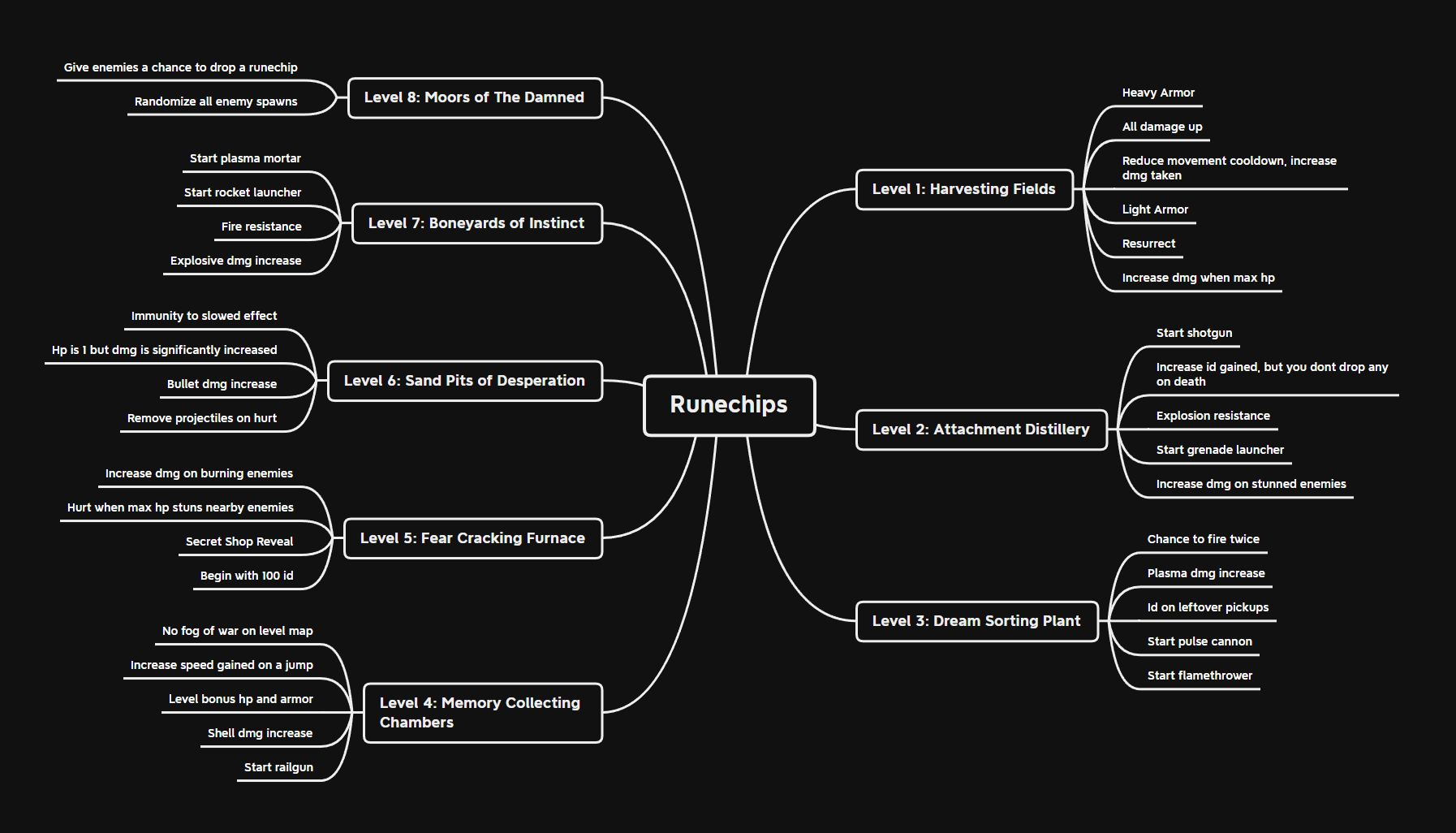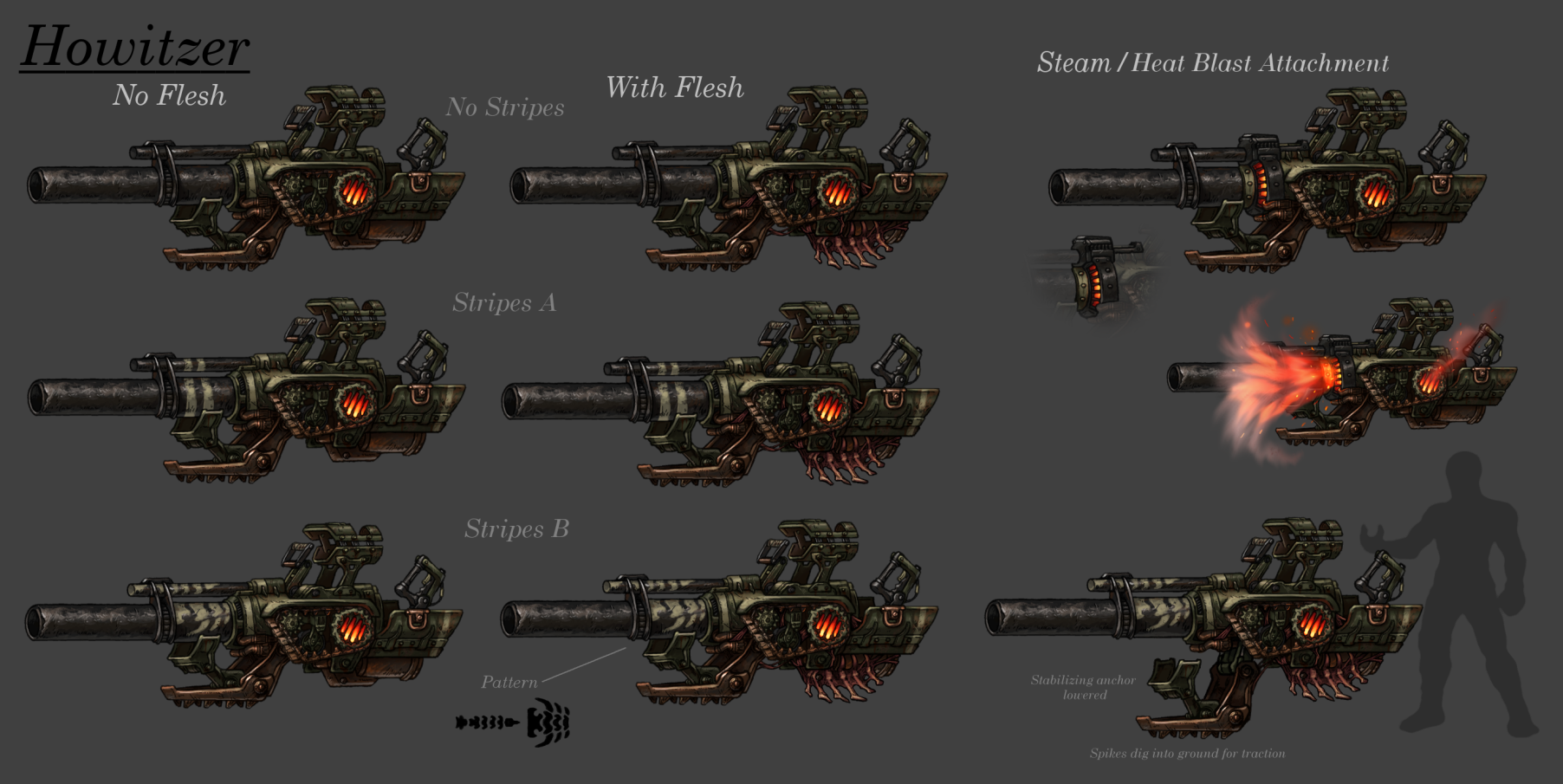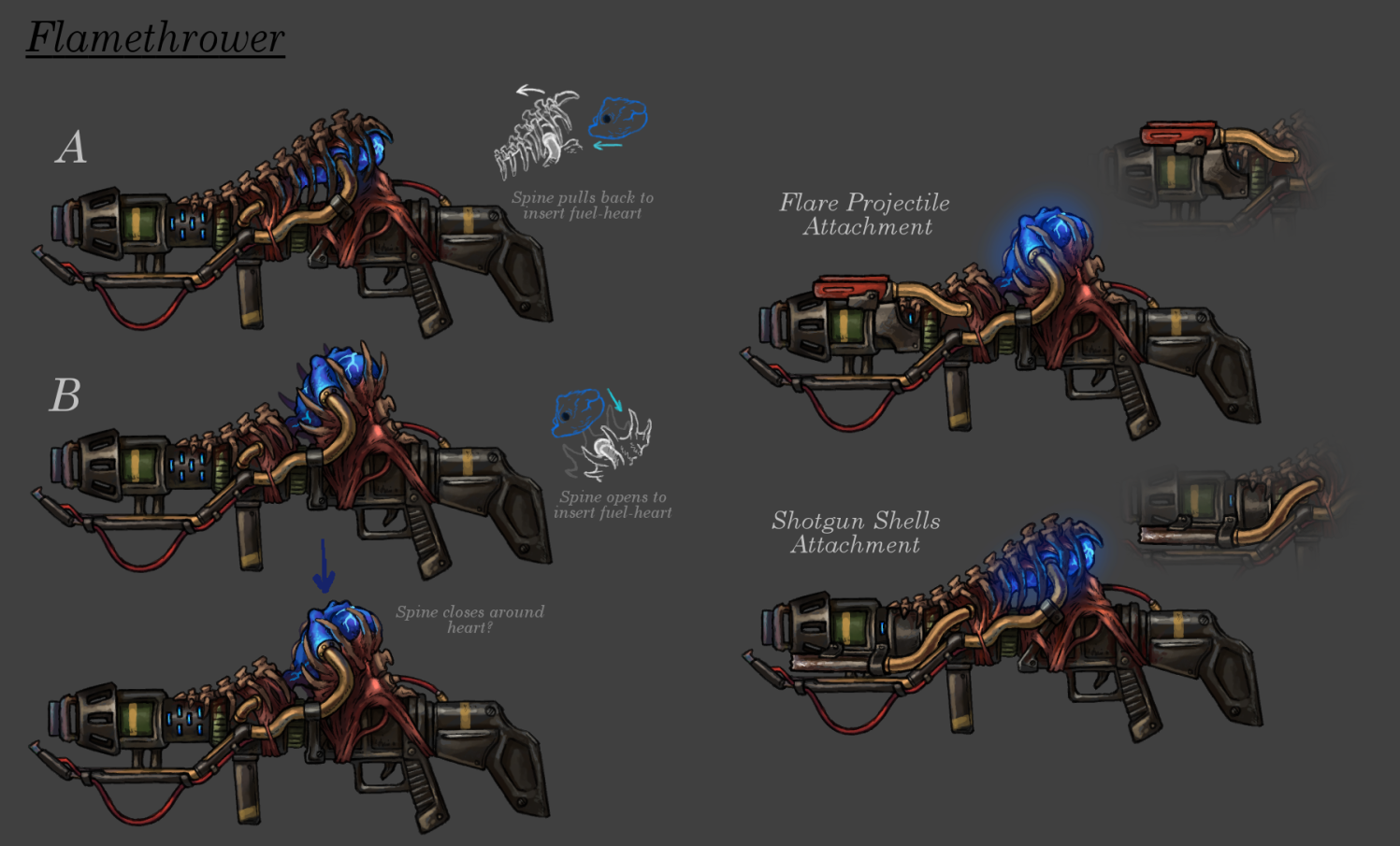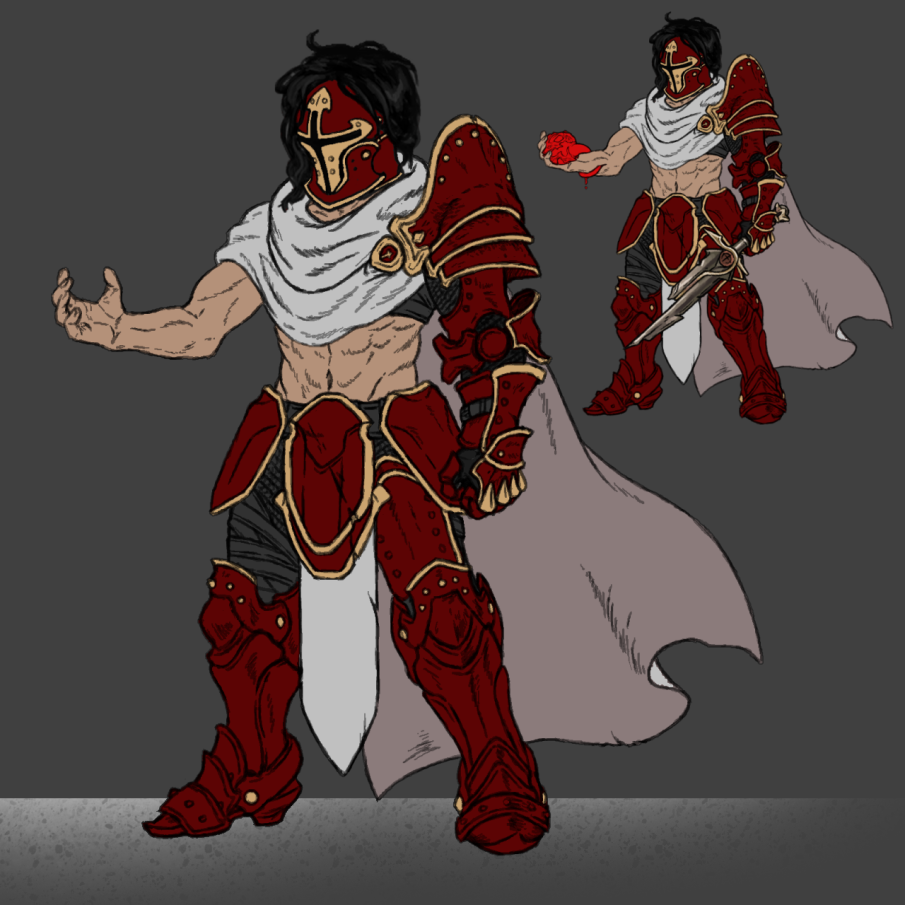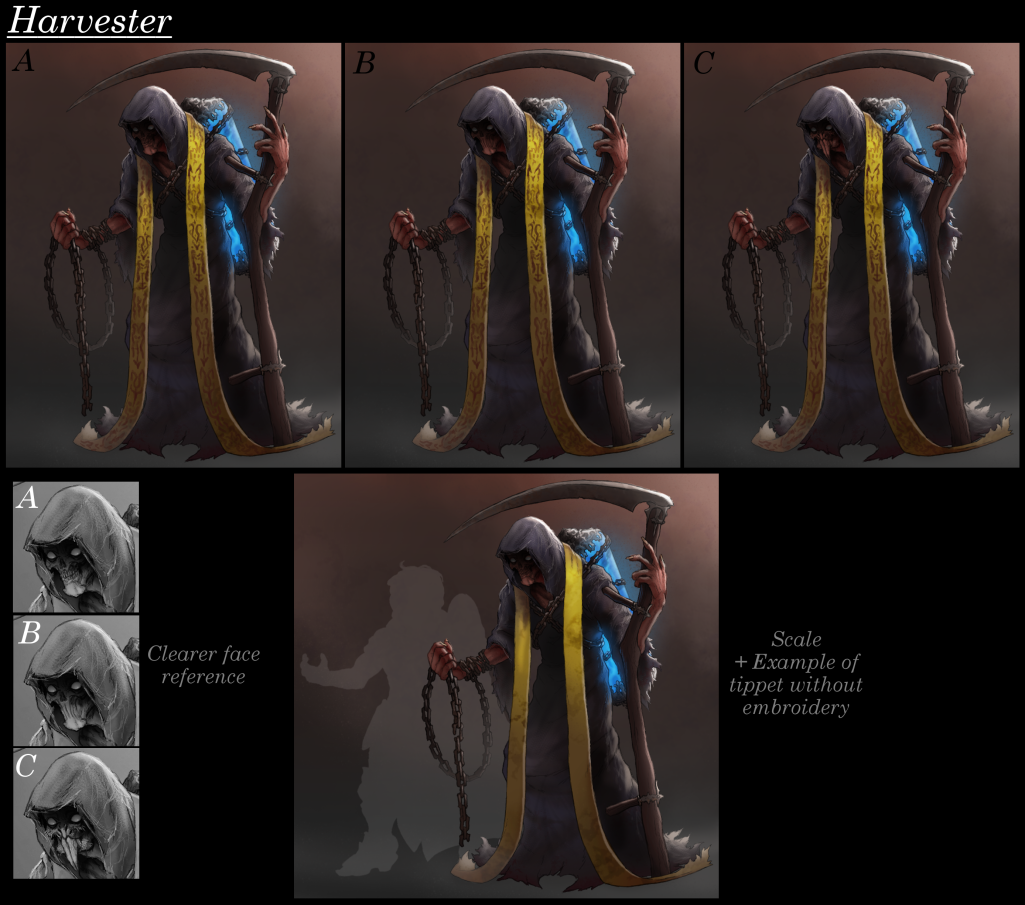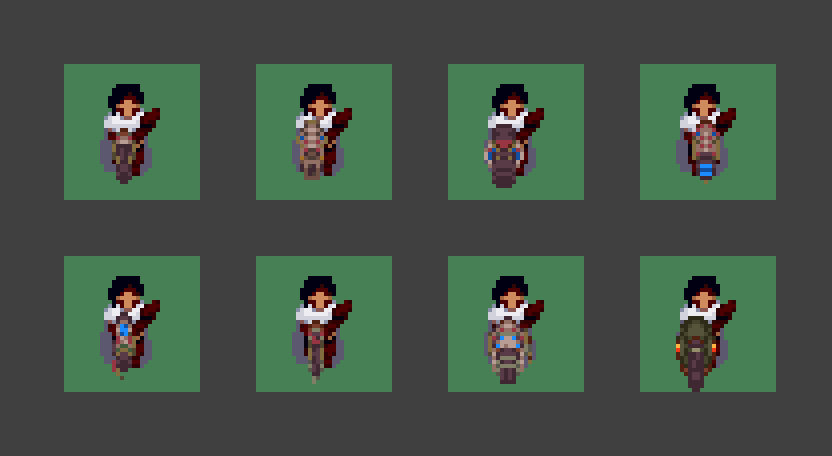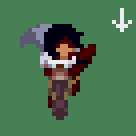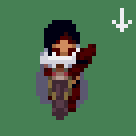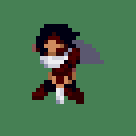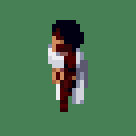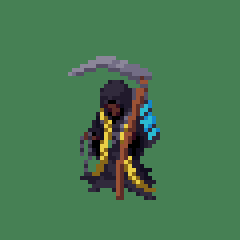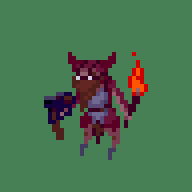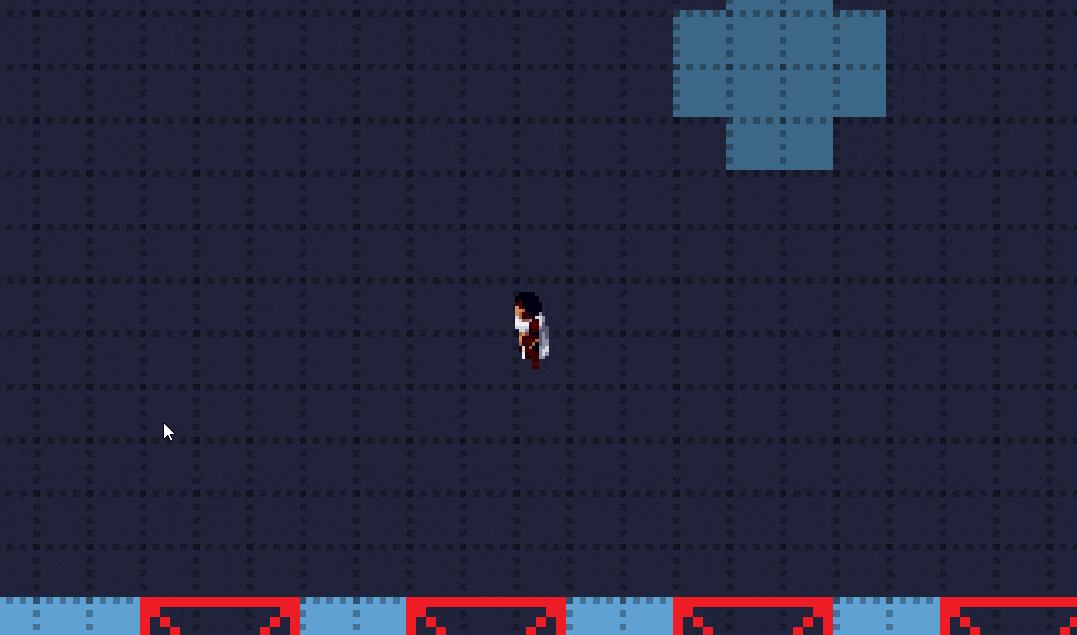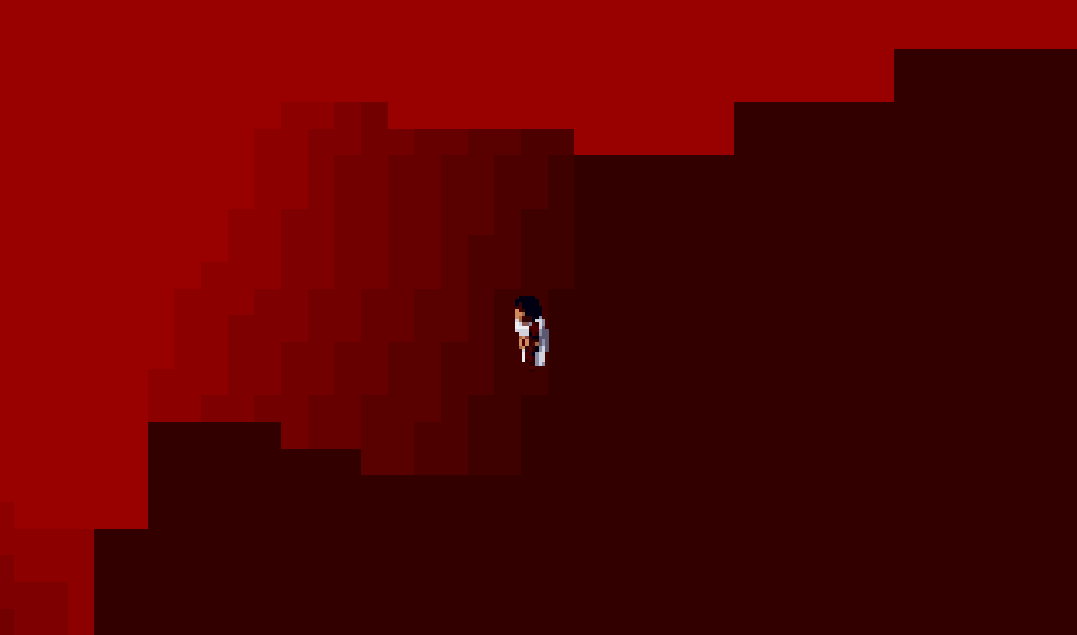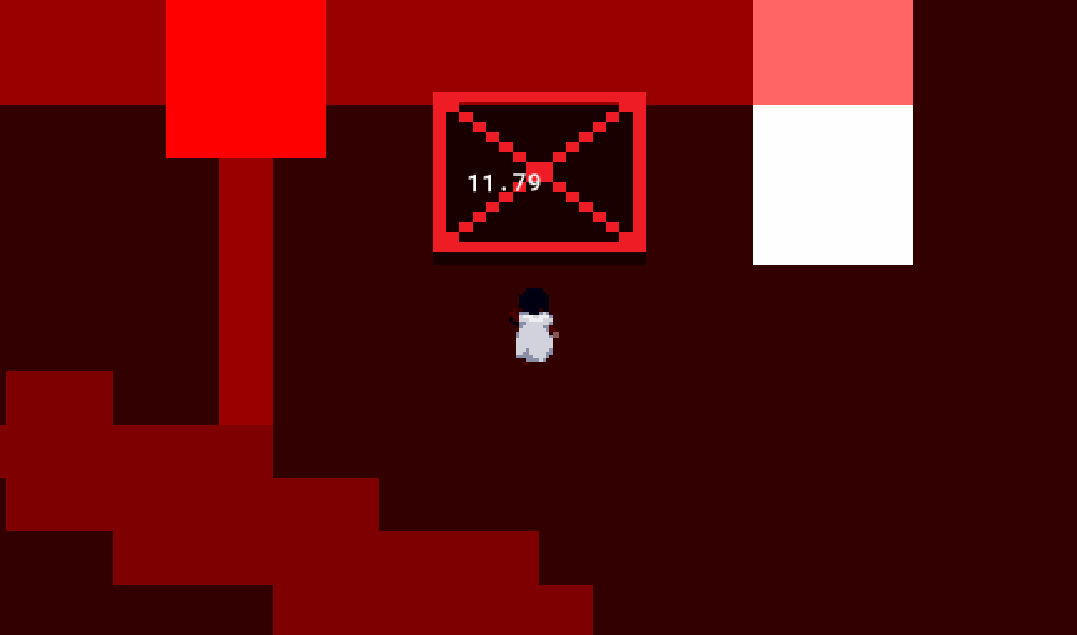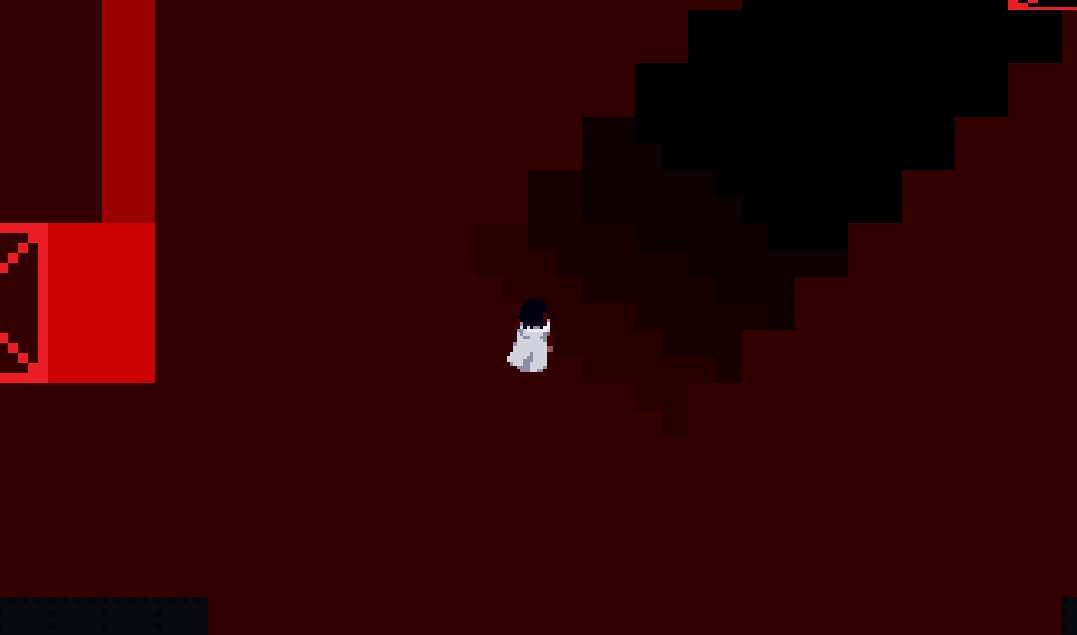Innovative Design
Over the course of Project GLADIATOR's development, maintaining a realistic scope for our team has been a challenge we must constantly address. Our team has worked to find a balance between a concise concept that we can tackle with our available resources, meanwhile making an effort to innovate through creative design decisions. By no means is GLADIATOR the first twin-stick shooter comprised of progressing through an upgrade tree and taking on waves of enemies. However, Project GLADIATOR attempts to approach these systems in new ways that allow it to stand out from other games in the same genre.
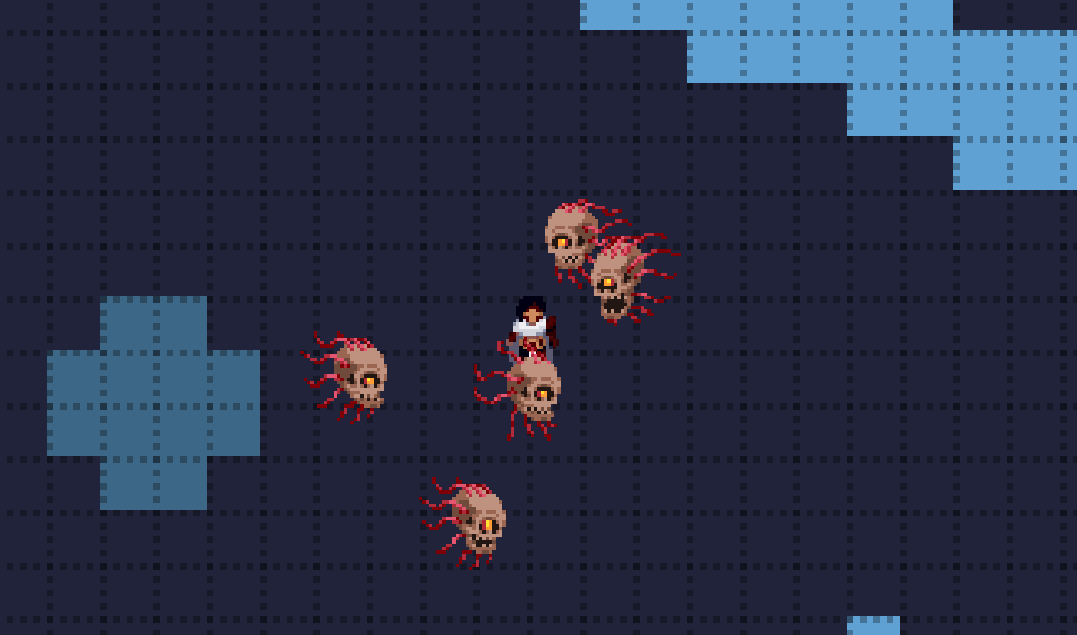
Within a relatively simple gameplay loop, enemy behavior is a cornerstone to our game's experience. Enemies in our game use a combination of algorithms to achieve a dynamic and responsive enemy that keeps the player engaged and immersed in its combat. Taking inspiration from steering behaviors often used in enemy AI, an enemy in GLADIATOR has several factors that impact its willingness to move in a given direction. These factors may include wall avoidance, separation from other enemies, attacking the player at different angles, and of course chasing the player. These behavior influences are factored into a dot product, resulting in the angle the enemy will move towards.
In the gif below, several lines are drawn outwards from the enemy with a length corresponding to its desire to move in that direction.
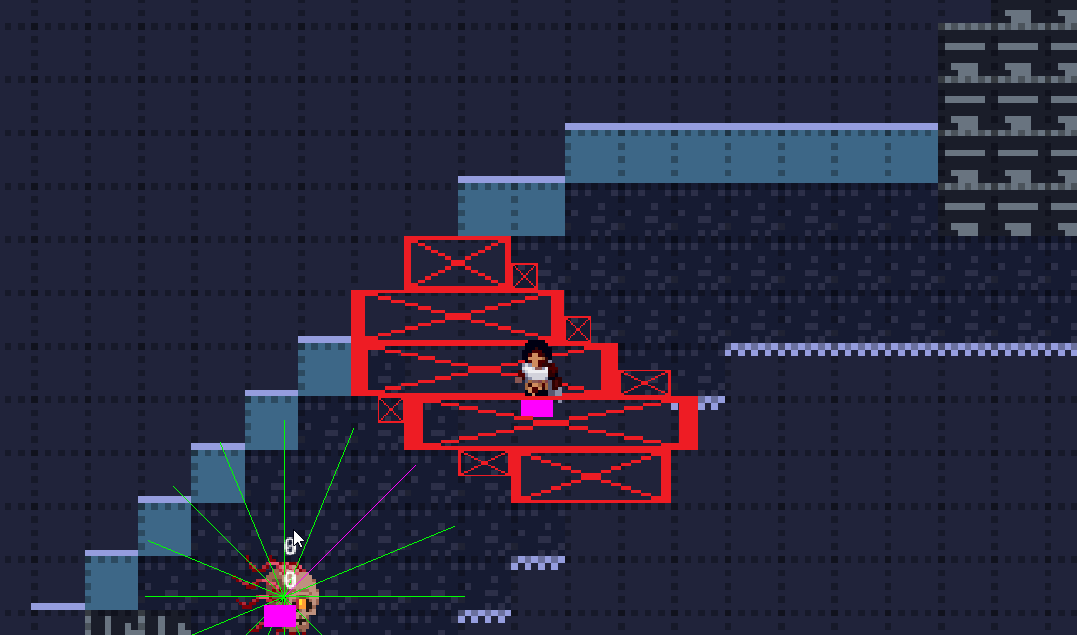
This system allows the code to procedurally and dynamically influence the desirability of each direction. Enemies will avoid grenades and other hazards, dodge predictable projectiles, keep their distance if their attack is on cooldown, and some may even flee from combat when they are low health. On top of this system includes a pathfinding algorithm, allowing the enemies to find paths towards the player around walls, ledges, trenches, and other obstacles.
While the enemies sit at the center of our systems, it was a clear priority to innovate on the player character who more literally rests in the center of the screen for nearly all of the gameplay.
dynamic player animations. In a twin-stick shooter game, a particular importance is necessary to visually see not only the direction the player is moving, but individually see the direction the player is aiming. Not only is our player character's animations separated into 8 different directions, but the player's upper-body, cape, and lower-body are all separated into separate sprites to procedurally show a separation of movement and current facing direction.

